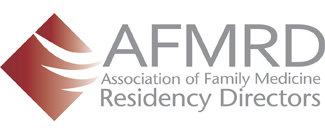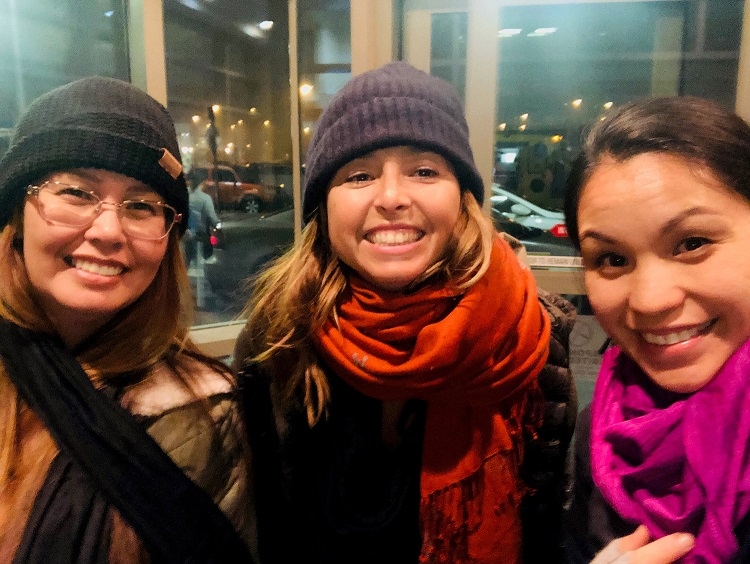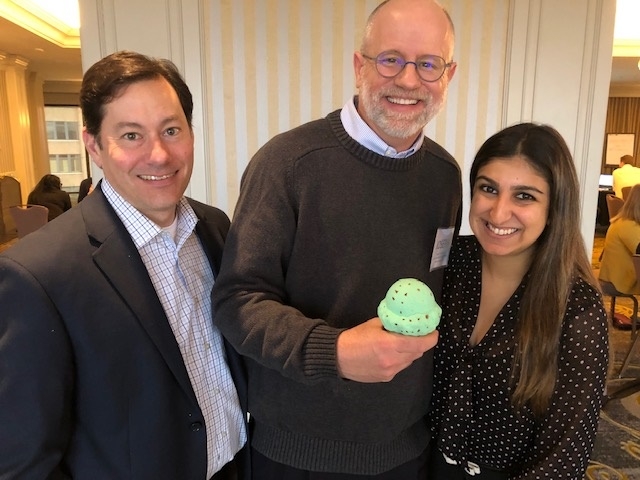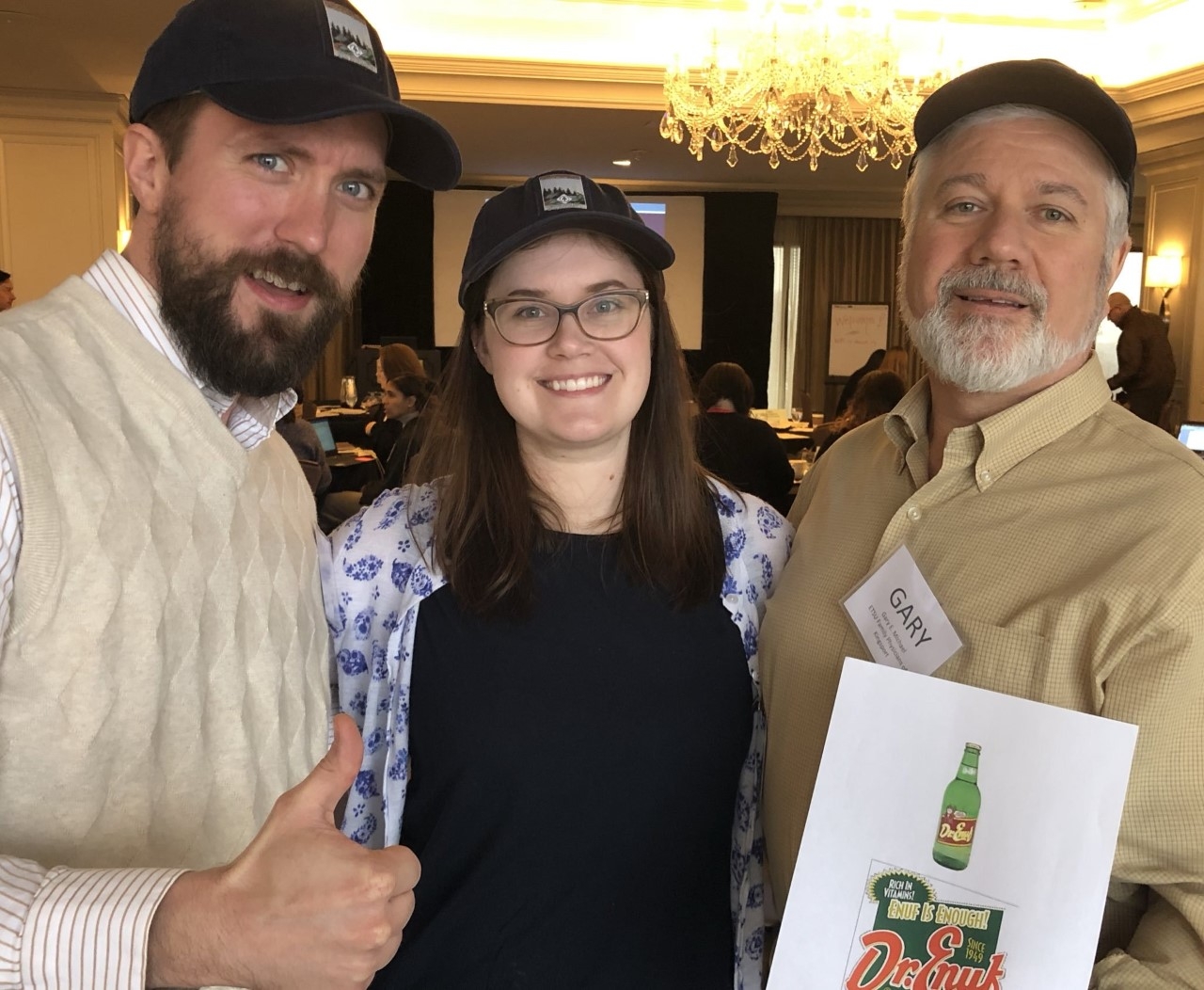Everyone agrees, things could definitely be better … Jessie Pettit, program director
In the spring of 2015, our residency program prioritized working with our clinic leadership to improve our resident and faculty ambulatory experience. The year prior, our office developed a comprehensive, multidisciplinary Quality Improvement Team to provide meaningful data about patient outcomes to measure and address the quality of care delivered by our practice. While this change helped the program to educate residents about population health and provide comparisons of care, our residents were still dissatisfied with excessive administrative tasks. To address these issues, we sought input from residents, faculty, and clinical staff to build a values-based vision of our clinical practice that we refer to as “Alvernon 20/20,” out of which the following tenets were constructed:
- Our Patients and Communities Come First
- High Quality and Innovative Patient-Centered Care Helps Meet the Needs of Our Diverse Patients
- Our Team Members Are Our Most Valuable Assets
To embrace these values, we worked together as leaders from the residency and clinic to create a functional team structure that went live in July 2016. We carved out monthly meeting times for residents, faculty, and clinical staff to come together as a large group and in individual teams to refine our team-based care and further our quality improvement work. The change in our resident ACGME survey and fall 2017 resident focus group regarding the administrative tasks in clinic was tangible—we were finally making progress.
Throughout this time, our departmental leadership had engaged consultation from leaders in family medicine to help strengthen our ambulatory practice as we recruited seasoned faculty members from around the country. These parallel processes led to much discussion about “functional primary care clinics” and many of our leaders digging into the work of Tom Bodenheimer and his colleagues. When the AFMRD call to apply for the Clinic First Collaborative came, our residency and clinic leaders jumped at the chance to join other programs and share ideas and best practices. We had toyed with disrupting the usual half-day of clinic per week during intern year paradigm, but were met with pushback from our colleagues in other departments since it was disruptive to rotation scheduling. We needed help.
A taste of excellence, then an EMR change …. Katie Hartl, PGY-3
As I started residency the team structure had been instituted. The most important element that led to success of the teams was the clustering of support staff within our teams. In 6 months I saw my inbasket messages cut in half and my clinic communications stabilize as I started working primarily with two MA/LPNs. Because the same support staff members were reviewing my electronic and paper messages, they were filtering out duplicate messages and learning my preferences to streamline medication requests and follow up appointments. I was so grateful for their accelerating aptitude and growing independence (all well within their scope of practice). Our clinic was thriving in building block 4 (Team-based care) primarily thanks to building blocks 1 (engaged leadership). My dread for clinic slowly dissipated.
Unfortunately, I felt my work life and engagement falter when my second year began. I was bolused with patients from the graduating seniors on my team. There were so many patients new to me, but well established with the clinic, filling up my schedule that I was unable to schedule my own patients from the past year. I was still rarely in clinic but with so many more requests. Every encounter was a new patient encounter for me, and very few were straightforward level 3 problems. I was drowning and gaining frustration as I quickly realized that a majority of my panel was going to get to know me in the second half of my residency. I dreaded the transition to third year with the second influx of new patients even more so since over half of my graduating panel was going to know me for less than a year.
An EMR transition (we went from refined and familiar Epic to raw and redundant Cerner) exhausted my reserve. As residents we grew more and more apprehensive about clinic. We felt pressured to address too many issues each visit since there was no room in our schedule to offer a follow up. We were addressing more inbasket tasks with solutions that would have been best in a clinic visit for the same reason. In addition to this, our MA turnover increased. The teams were still in existence but we had lost our rhythm. Third year loomed ahead.
Along came the Clinic First Collaborative …. Amazing new approaches to clinic and residency structure
During the Clinic First Collaborative I was glued to the Building Blocks of highly functioning clinics and the actions to take to improve residency training. I quickly generated a passion for building block 3 (empanelment). It was such a simple concept but seemingly lacking. It represented my most recent frustrations.
A foundation in Family Medicine is lifelong care and continuity across decades, but the fundamental structure of residency generates very limited continuity, both with acute issues and panel management. I saw a huge opportunity with one example presented during the Clinic First Collaborative. By having a 2+2 structure as an intern there was enough space in the schedule to inherit a full panel of patients from the beginning. The possibilities did not stop here. I saw the benefits in this structure of improving preventative health care, opportunities to execute population health strategies with faster skill development in clinic earlier in residency. I could see the ability to schedule close interval follow-ups. The puzzle pieces seemed to fall into place. These ideas branched out quickly as I saw the opportunity to improve other building blocks. With this innovation we could address most of the clinic first actions.
While the leadership team developed a scheduling approach to the 2+2 schedule, we began the rumblings of resident empanelment last spring. I think that this was a little late since our third years were starting to make plans to move—working through contracts and license paperwork—and were counting down to graduation. It digressed into blanket “assignment” of patients to fellow team members that lacked intention and insight. Patients were arbitrarily assigned to other providers.
This year we have discussed the importance as 3rd years of generating intentional, focused handoff strategies for the most complex patients. The strategy this year will be to start earlier with the potential to include some population health management as part of the transition, i.e. reaching out to patients overdue for appointments or screenings. This seems like an ideal opportunity to address our system-level quality improvement measures while improving patient care and health outcomes.
The exciting changes unfold … New schedule, new faculty, new interprofessional clinicians
So far we have seen amazing improvement in our R1 experience and skill set. They are picking up speed faster and will likely reach the same number of clinic encounters as our current second years before the end of this academic year. With built administrative time they are able to address clinic team needs by meeting with the MAs and nursing staff during their admin time. They are more supported with completing tasks and responding to lab results. They can’t even imagine having to leave their intensive hospital rotations for an afternoon clinic. Attendings have commented on the impact in the intern skill set in both settings.
This is also timed with an influx of new faculty and roll out of pharmacist office visits, which has positively affected our access to care. We will also be introducing a behavioralist who will complement our social worker and medical-legal partnership team. We have instituted more coordinated resident involvement in clinic-wide committees to look at quality improvement, practice improvement, and provider-staff relations. We have chief resident representation at weekly Alvernon Leadership Team meetings with clinic and residency admin to ensure that changes and resident feedback is influencing the revolution of our residency.
Next step challenges … Scheduling, data collection and empanelment
We are now preparing for the schedule structure for the 2nd and 3rd years with the current 2+2 schedule for our interns in place. As our program has a very robust inpatient medicine experience (adult, pediatric and obstetric), we are struggling to continue the 2+2 concept into the 2nd and 3rd years. We are currently exploring the ACGME requirements and feasible options with our community preceptors.
We are also participating in the FM-NICCE program to innovate with our continuity clinic outside of the 40-week requirement. This ABFM waiver has been essential for our schedule changes so far. We are finding excellent patient-centered and resident-centered options with this latitude when organizing our clinical experiences.
As we gain more access and understanding of our new EMR (that continues to be upgraded with new, improved resources) we are able to pull data on continuity from both the patient and the provider perspective (eg, we found that our faculty have better continuity with their patients of 80-90% while residents have 40-60% continuity). We are also assessing provider panel size and redistributing patients when appropriate to another provider who may have better opportunities for continuity. This is a very exciting year and we look forward to molding a better patient and resident experience.
-Alvernon Family Medicine Residency, Tucson, Arizona (UAFMRP)
Dr Jessie Pettit, Program Director
Dr Ravi Grivois-Shah, Medical Director
Dr Katie Hartl, PGY-3
Marsha Lewis, Practice Supervisor




